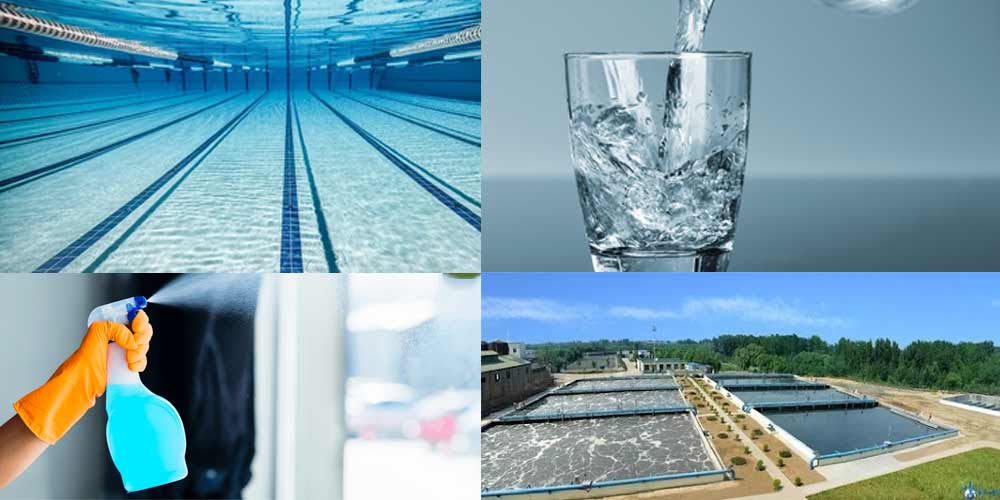NADCC refers to sodium dichloroisocyanurate, a chemical compound commonly used as a disinfectant. Guidelines for its use in routine disinfection may vary based on specific applications and industries. However, general guidelines for using NADCC in routine disinfection include:
Dilution Guidelines:
Follow the NADCC manufacturer‘s instructions for dilution ratios. NADCC is often available in granule form and needs to be diluted with water before use.
Application Surfaces:
Identify the surfaces and objects that require disinfection. It is effective against a broad spectrum of microorganisms and is commonly used on hard surfaces.
Personal Protective Equipment:
Wear appropriate PPE, such as gloves and protective eyewear, when handling NADCC solutions to prevent skin and eye irritation.
Ventilation:
Ensure proper ventilation in the area where disinfection is taking place to minimize inhalation risks.
Contact Time:
Adhere to the recommended contact time for NADCC to effectively kill or inactivate pathogens. If the available chlorine concentration is higher, it will have a shorter contact time. This information is usually provided by the manufacturer and may vary depending on the concentration used.
Temperature Considerations:
Consider the temperature conditions for optimal disinfection. Some disinfectants may have specific temperature requirements for maximum effectiveness.
Compatibility:
Check the compatibility of NADCC with the surfaces and materials being disinfected. Some materials (such as metal ) may be sensitive to certain disinfectants. NADCC has bleaching properties, so be careful not to spray it on the surface of clothing.
Storage Guidelines:
Store NADCC products in a cool, dry place, away from direct sunlight, and according to the manufacturer’s recommendations.
Environmental Impact:
Be aware of the environmental impact of NADCC and follow proper disposal guidelines. Some formulations may have specific recommendations for safe disposal.
Regular Monitoring and Evaluation:
Periodically monitor the effectiveness of NADCC disinfection procedures and adjust as needed. Regular evaluations can help ensure a safe and sanitary environment.
It’s crucial to note that guidelines may vary depending on the specific product, intended use, and regional regulations. Always refer to the product label and any relevant local guidelines or regulations for the most accurate and up-to-date information on using NADCC for routine disinfection.
Post time: Mar-07-2024

